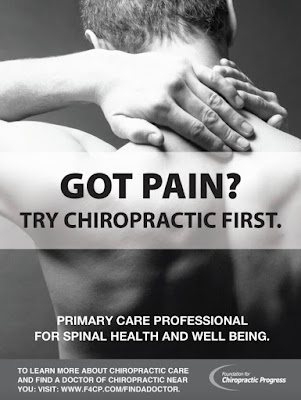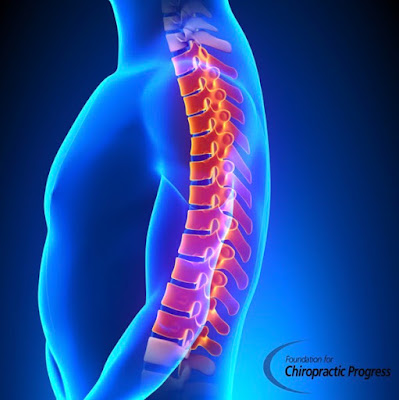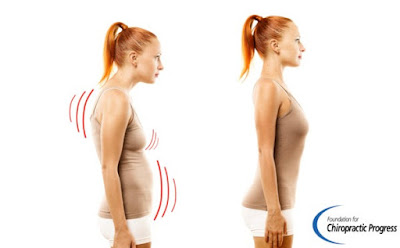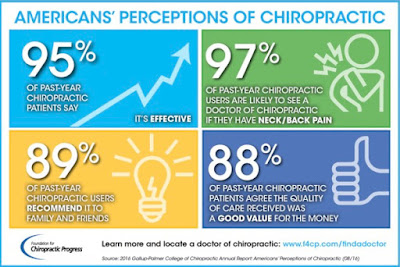TRY
CHIROPRACTIC FIRST!
Here’s
why:
Adding
chiropractic manipulative therapy to standard medical care for patients with
acute low back pain: results of a pragmatic randomized comparative
effectiveness study.
Conclusion: The results of this trial suggest that
chiropractic manipulative therapy (CMT) in conjunction with standard
medical care (SMC) offers a significant advantage for decreasing pain and
improving physical functioning when compared with only standard care, for men and women
between 18 and 35 years of age with acute low back pain (LBP).
The
Chiropractic Hospital-based Interventions Research Outcomes (CHIRO) study: a
randomized controlled trial on the effectiveness of clinical practice
guidelines in the medical and chiropractic management of patients with acute
mechanical low back pain.
Conclusion: This
is the first reported randomized controlled trial comparing full clinical
practice guidelines-based treatment, including spinal manipulative
therapy administered by chiropractors, to family physician-directed usual
care (UC) in the treatment of patients with acute mechanical low back pain (AM-LBP).
Compared to family physician-directed UC, full clinical practice guidelines-based treatment including chiropractic
spinal manipulative therapy is
associated with significantly greater improvement in condition-specific
functioning.
Pain,
disability, and satisfaction outcomes and predictors of outcomes: A
practice-based study of chronic low back pain patients attending primary care
and chiropractic physicians.
Conclusion: Chiropractic care compared
favorably to medical care with respect to long-term pain and disability
outcomes. Further study is required to explore the advantage seen for
chiropractic care in patients with leg pain below the knee and in the area of
patient satisfaction. Identification of patient and treatment characteristics
associated with better or worse outcomes may foster changes in physicians'
practice activities that better serve these patients' needs.
 |
| Primary Spine Practitioner |





